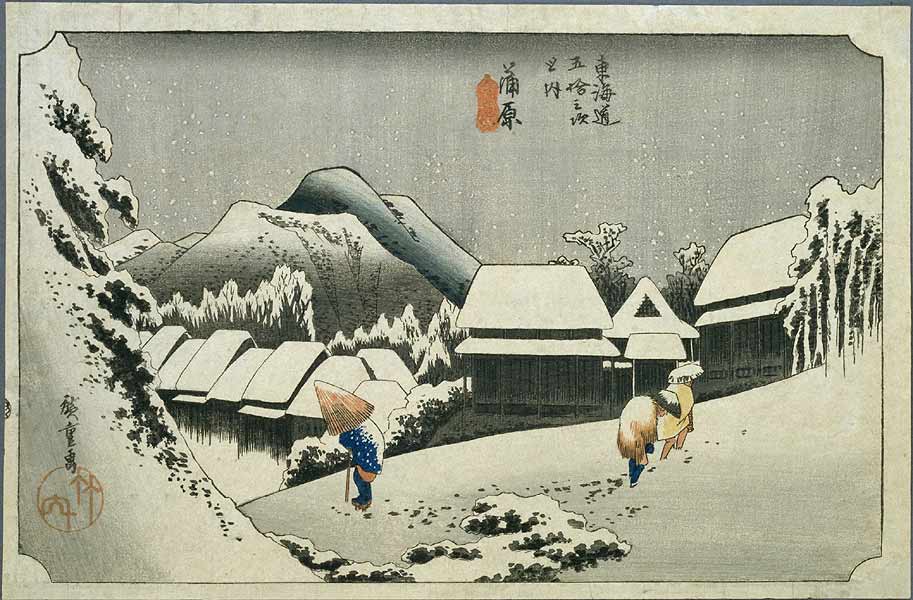 Just a quick post to wish anyone celebrating Christmas today a wonderful holiday. If you’re not celebrating Christmas, I hope you had a wonderful holiday whenever and whatever it was, and that you have a great weekend! That lovely goof in my tree is my beloved Vinnie. He’s the only decoration we need!
Just a quick post to wish anyone celebrating Christmas today a wonderful holiday. If you’re not celebrating Christmas, I hope you had a wonderful holiday whenever and whatever it was, and that you have a great weekend! That lovely goof in my tree is my beloved Vinnie. He’s the only decoration we need!
I was a lucky duck and got a wonderful lobster tsuke-obi and some beautiful watercolour prints of traditional Kumadori makeup that I will be sharing soon. I actually have several gorgeous Japanese pieces of artwork I’ve received recently that I’ve been meaning to post – perhaps I’ll do an entry about them now that I finally have a bit of time off.
Did you get any wonderful kimono or related items as gifts this year? If so, what did you get! Please share in the comments 🙂




























 Bebe Taian
Bebe Taian CHOKO Blog
CHOKO Blog Gion Kobu
Gion Kobu